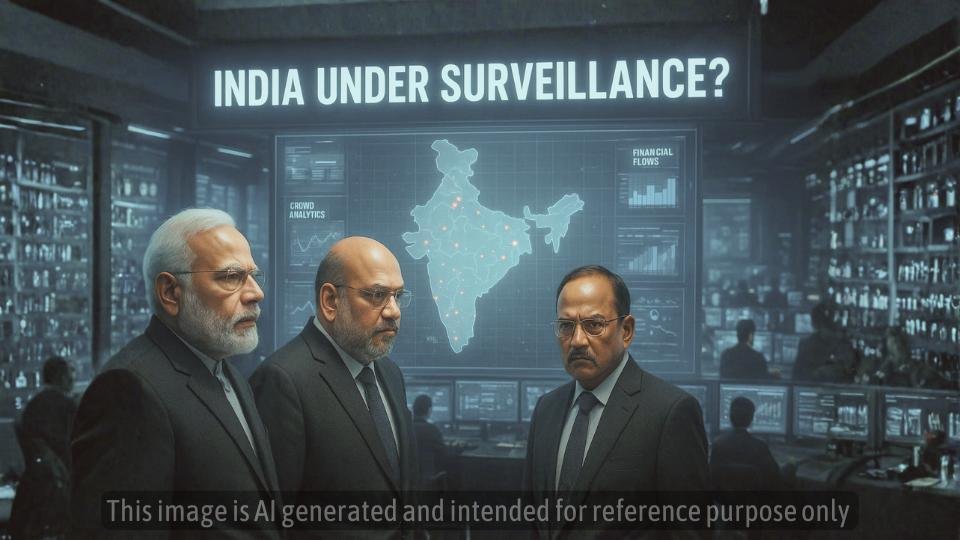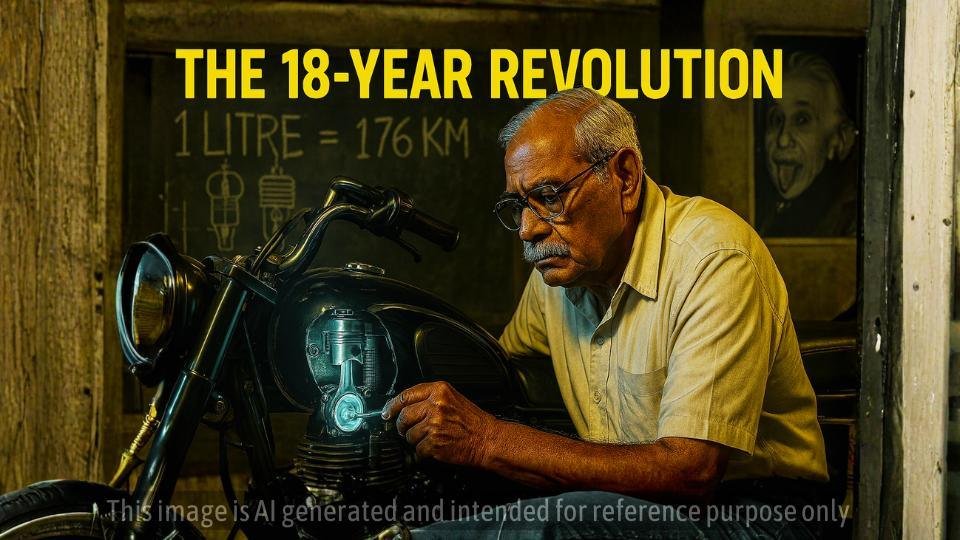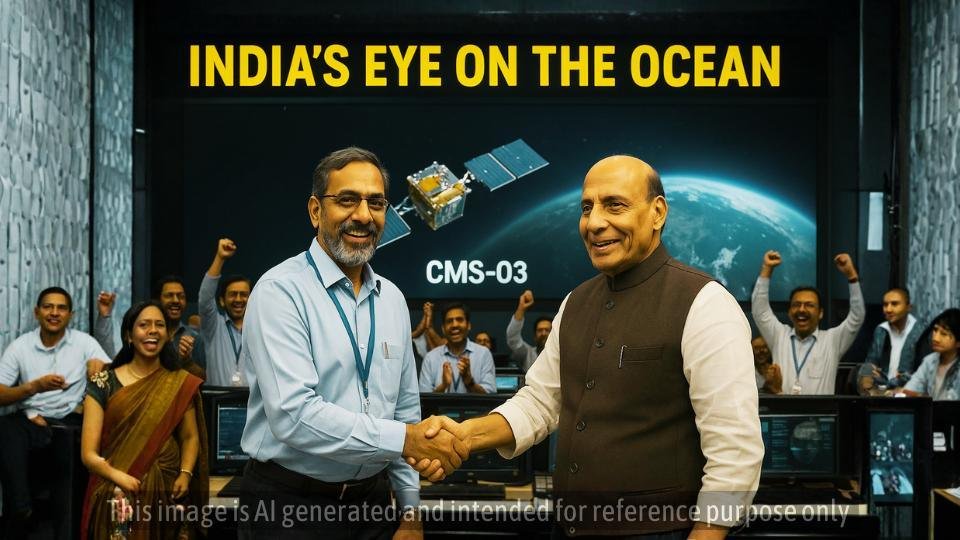कृपया इसे हिंदी में पढ़ने के लिए यहाँ क्लिक करें
A Sweeping Move to Analyze 50 Years of Dissent
In a move that could redefine the landscape of dissent and protest in India, the central government has initiated a massive project to study every major protest movement in the country since 1974. This comprehensive analysis aims to understand the anatomy of these agitations, from their funding sources to the key players involved, with the ultimate goal of creating a “protest-mukt Bharat” or a protest-free India. The decision has sparked a nationwide debate, with opinions divided on whether this is a step towards better governance or an attempt to stifle democratic expression.
The Masterplan: A New SOP for Protests
At the recent National Security Strategies Conference, a high-level meeting of the country’s top security and intelligence officials, a significant directive was issued. The government has tasked a specialized agency to delve into the history of protests, starting from the landmark year of 1974, which marked the beginning of the transformative JP Movement.
The objective is to create a detailed Standard Operating Procedure (SOP) for handling and even preventing mass agitations. This involves a multi-pronged investigation into:
- Financial Trails: Who funds these protests? A deep dive will be conducted to trace the money, both domestic and foreign.
- Key Agitators: Identifying the individuals and organizations that play a crucial role in mobilizing crowds.
- Patterns and Triggers: Understanding what sparks these movements and how they evolve.
- Outcomes: Analyzing the impact of these protests on policy and politics.
Why 1974? A Look Back in Time
The choice of 1974 as the starting point is highly significant. This was the year when the ‘JP Movement’, led by Jayaprakash Narayan, began to gain momentum. It was a massive student-led agitation against misrule and corruption, which eventually snowballed into a nationwide movement that led to the imposition of the Emergency in 1975. This historical reference suggests that the government is keen on understanding how small-scale dissent can transform into large-scale political challenges.
A 360-Degree Investigation
This is not just a police-level inquiry. The investigation will be a collaborative effort involving multiple agencies. This multi-agency approach will ensure a holistic understanding of every aspect of a protest. The idea is to build a framework that can anticipate potential unrest and manage it effectively before it escalates.
Is This the End of Dissent in India?
The government’s initiative has raised a critical question: what is the future of dissent in a democracy like India? Dissent and the right to protest are the heartbeats of a healthy democracy. They are the channels through which citizens voice their concerns and hold the government accountable. While peaceful protest is a fundamental right, the line between peaceful and disruptive can sometimes be thin.
The government’s stated aim is to prevent protests from being hijacked by “vested interests” that may have ulterior motives, including destabilizing the country. However, critics fear that this could lead to a clampdown on all forms of dissent, peaceful or otherwise.
The Road Ahead: A Balancing Act
The coming months will be crucial in determining how this new policy unfolds. The challenge for the government will be to strike a delicate balance between maintaining law and order and upholding the democratic right to protest. A nation without dissent can become a pressure cooker, but unbridled protests can lead to chaos. India, a vibrant and diverse democracy, now stands at a crossroads, and the path it chooses will have far-reaching implications for its future.
Social Message: Democracy thrives on dialogue and debate. While it’s essential to prevent a few from disrupting the peace, it is equally important to protect the space for many to voice their genuine concerns. A listening government and a responsible citizenry are the two pillars on which a strong and stable nation is built.







Leave a Reply